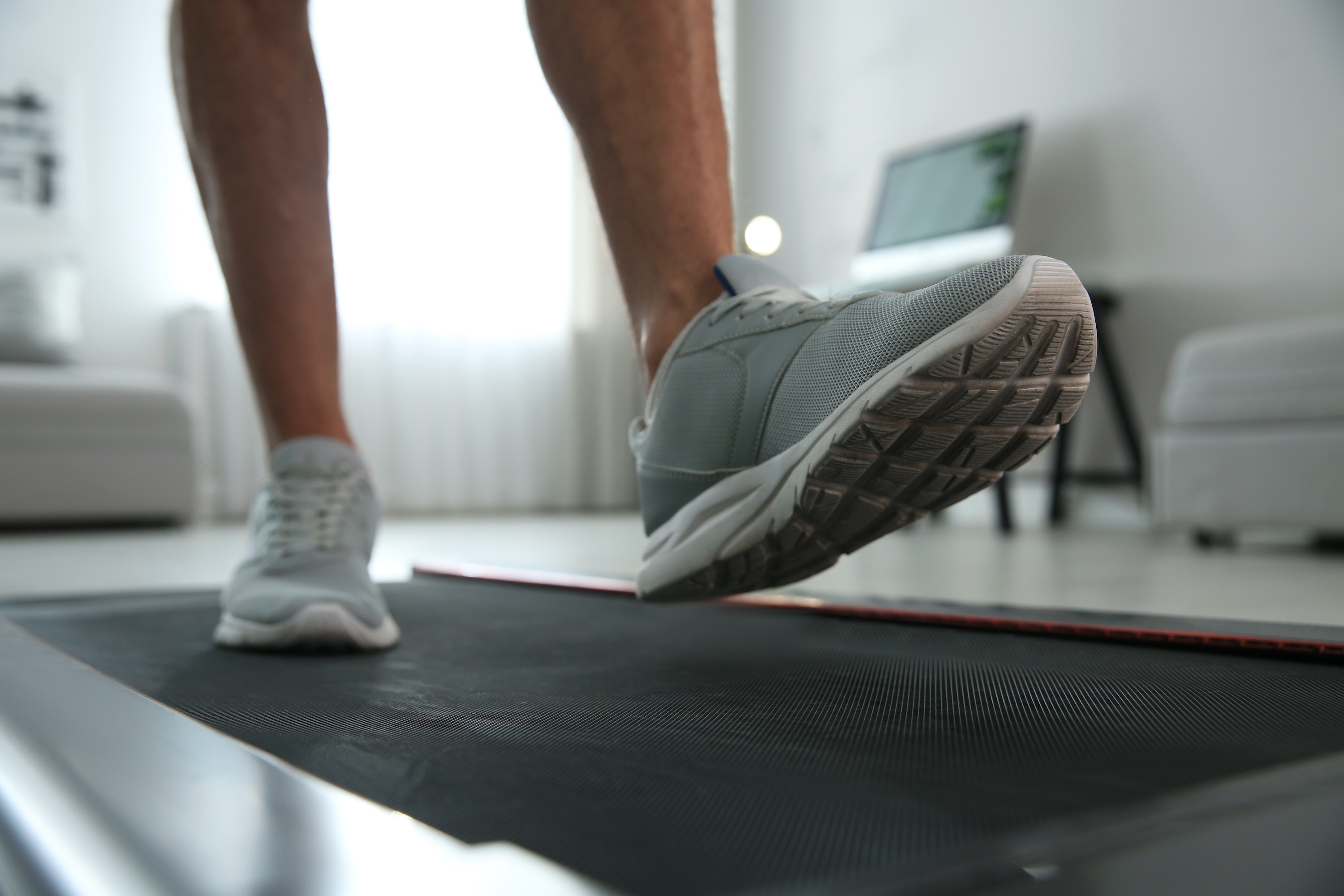
You’ll only need to spend a few minutes examining the rows and rows of treadmills at your local gym to see a variety of approaches to cardiovascular fitness — from power incline walking to running. While there’s no right or wrong approach to fitness, how do you know which cardio routine is best to help you achieve your health and wellness goals?
One interesting workout you might see is a person walking backward on the treadmill. At first glance, this appears silly and, frankly, a waste of time. But is there some real science behind this trend? We break down both the benefits and limitations of walking backward on the treadmill and how to know if you should give it a try.
Why do people walk backward on the treadmill?

Let’s get one thing straight first: people who are walking backward on the treadmill are not doing so because they don’t know how to use a treadmill. When walking forward, our bodies rely on the ankles to power us forward through the movement. However, when walking in reverse, the body relies more heavily on the hips and knees — creating a challenging (and different) type of workout.
Benefits and limitations of walking backward

Several research studies have supported the benefits of walking backward on the treadmill, which can be used as part of a fitness routine or in a physical therapy routine to support rehabilitation.
Benefits
One of the primary benefits of walking backward on the treadmill is muscle strengthening, which occurs by making your legs work harder than you would when walking in a forward direction. Research has found that a backward walk can help you build stronger quadriceps and lower-body strength. Many people also enjoy improved balance and gait by walking backward, which can be especially helpful when recovering from an injury.
Other gymgoers may simply try walking backward on the treadmill to enhance their calorie burn, as walking backward burns a higher amount of metabolic equivalents (METs) than walking forward. Ultimately, this could result in up to a 40% higher calorie burn when compared to walking normally. Walking backward on the treadmill is also a great mental challenge to keep your brain sharp and helps keep your exercise routine interesting by changing things up.
Limitations
Walking backward on the treadmill may not be the best choice for everyone, depending on your fitness level and current health condition. The process of walking backward can be mentally challenging and may cause stability issues for those who have balance issues. The process also engages muscles that are not often used, which could result in pain or discomfort. Due to the increased risk of injury, it’s important to start slowly before jumping into an intense backward walking routine.
Should you try it?

For most generally healthy individuals, there’s no harm in giving a backward treadmill walk a try to spice up your cardio routine. Begin the routine slowly and don’t try to walk at too high of a speed or you may lose your balance. If you suffer from balance problems or muscle weakness, however, walking backward may not be the best workout for you and could increase your risk of falls.



